JR Burch | Principal Consultant | Intrepid by VitalSource
Over the past several years, awareness of customer experiences has been heightened. From small things—like being able to pay for your meal on a screen at the table or by tapping your phone, all the way up to completely new industries forming from the poor performance of another. It’s always exciting to see new ways of thinking about the customer experience.
But here in Learning and Development, changing the learner experience can be slow and frustratingly complicated. We can be stuck in our ways. Even though learners are shouting for something better, it’s difficult for us as an industry to deliver it. We get bogged down by processes, budgets, hierarchy, legacy technology, time, templates — there’s no shortage of reasons on the list of why we can’t or don’t deliver. But, from a customer perspective, it doesn’t matter. If they don’t get the experience they are looking for, they will ultimately find it someplace else.
For more from Intrepid about the learner experience, check out:
Going Digital? Solve for Culture First
The Declaration of Modern Learner Rights
What Is the "The Learner Experience"?
Let’s take a look at a few industries that are going through big experience transformations, or have taken too long and unexpectedly created new competition and are trying to catch up.
Movie theaters: It used to be all about the movie. The goal was pack as many paying customers as possible into the theater and feed them overpriced concessions. The theater itself was akin to an airplane in economy class. The seats were largely uncomfortable, armrests were shared with a stranger, and inevitably someone in the middle of the row had to use the restroom during the most crucial part of the film. You also had to show up early to get a good seat, and wait hours in advance for the most popular movies. Even if the movie was great, the experience was not.

Fast forward to a time when the movie theater industry is struggling, and look at the focus theaters are now putting into the customer experience. You’re no longer sitting elbow to elbow with a stranger in an uncomfortable chair, or standing in line to get a good seat. Now you have the option to recline in a heated seat, and you have use of both your armrests! You can show up right as the movie starts (or even be late) because you reserved your seat online days in advance. Concessions often include restaurant-quality food and beverages delivered to your seat, and theaters are including features like billiard rooms for the adults and play spaces for the children.
Movie theaters recognize that the movie itself isn’t enough to draw people in anymore – Netflix and other disrupters saw to that - and theaters are making changes to create more appeal. Will it work or are there just too many disruptions and behavior changes now to keep it going?
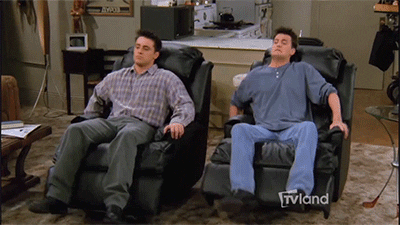
Hotels: Think about how the travel lodging experience has changed. Do you look for a hotel or do you browse what’s available through AirBnB? While AirBnB isn’t making a huge dent in the industry yet, it is driving down hotel prices and providing travelers with something hotels have longed struggled to offer: personality and experience. Some hotels are working on it though, transforming rooms into suites, offering made to order breakfasts and buffets instead of just a continental breakfast, and hosting happy hour mixers in the evening with drinks and free appetizers.
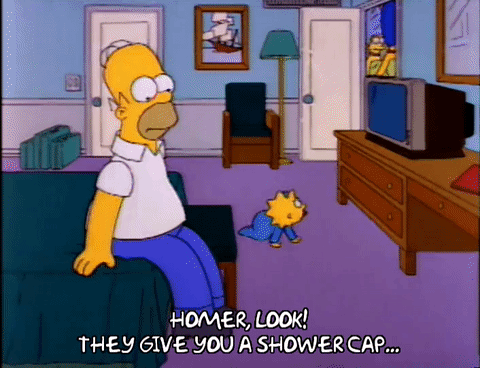
Ride sharing: Do you still grab a cab or do you order a Lyft or an Uber? Taxi cabs have long had a stigma tied to them and some cities actively fight to keep ride sharing companies from entering their markets. You can’t blame them for trying. The user experience of ride share is just better. Book a ride in the app, get an ETA immediately, and see how much the ride will cost you. Then get an alert right before your ride shows up, so you can head out the door instead of waiting at the curb. When you hop in the car, there are often added amenities offered by the driver – like charging cables, snacks, and bottled water. Even individual drivers are innovating new ways to improve the customer experience.

Corporate Learning & Development
Now let’s bring it back to L&D and think about the experience we are providing to our learners. Are we cramming people elbow to elbow in our LMS theater? Is our content the learning equivalent of so-so continental breakfast? Are we hailing cabs or ordering Ubers?
It’s hard truth time. If you’re dusting off the same old deck and serving it to people, it’s a continental breakfast. No one wakes up in the morning excited to make themselves a piece of toast, open a pre-packaged mini box of cereal, and eat a banana of questionable age.

Are you sending everyone to the LMS where they “click next to continue” for everything learning related? That’s a bad movie theater experience, and they may walk out before the credits.

The reality is that creating a good learner experience takes some investment. Investment in thought, time, and sometimes money. Just like the movies, your content alone isn’t enough to draw in the crowds. You need more.
So here’s what needs to happen:
Invest time. Get to know your learners. How do they learn in their day-to-day lives? How do they prefer to learn? What do they want to know? Where are they when they want to know it? Who or where do they get information from? What do they wish was different about learning in your organization? Don’t spend time or resources developing things if you can’t answer these questions.
Invest some time looking at all the available data you have as well. What types of content get the most views, likes, shares, etc? When do users log in? How long do they stay? What topics generate the most discussions? What are the most often-used search terms? The data available to you may be different, but it’s worth digging through what you can get to find out more about your user behaviors and preferences. This can help guide your future decisions.
For example, if you see that more people log in on Wednesday than any other day, maybe that’s the best day to send out your launch communication, not the default Monday. The most-used search terms could point to things that people need but can’t find adequate support for which can help direct your curation or development efforts.
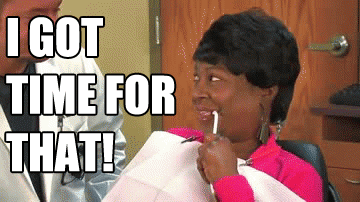
Invest thought. Once you get to know your users, you’ll understand what type of experience they are looking for. The movie theaters didn’t just blindly yank out those old seats and replace them with reclining heated seats. They looked at the data (declining ticket sales) and they listened to what customers really wanted. Think about how you can improve the learner experience for your audience, rather than repeating the same old experience.
Some things to think about:
- What does the learner experience currently look like?
- How can you simplify the experience?
- How can you incorporate social aspects so people can share knowledge and learn from each other?
- How can you include practice in the real world?
- How can you integrate into the ways people are already learning?
- What tools do we need? What tools do we already have?
Once you have an idea, map it out and get some feedback from users to see if you’re on the right track. Test it out and don’t be afraid to iterate!

Invest money. Importantly, invest money when it’s needed, but don’t be afraid to go low-tech when it makes sense. Sometimes, a video shot on an iPhone is all you need. Other times, it pays to invest in a professional. That investment could be in graphics, video production, marketing, location, technology, etc. No learning culture will thrive on a daily diet of continental breakfast PowerPoints, and ‘click next to continue’ elearnings. Feed your audience quality learning if you want them to grow.
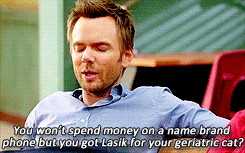
Try this: The next time you go out, take some mental notes of the experience that’s different than the old norm. Buying a car? Is the dealership offering you the usual hard chair and bottle of water while you haggle, or do they have a no-pressure approach and a doggy playground for your four-legged friend? Going shopping? Do you have to wait in line to pay or can you scan everything on your phone while you shop and head straight for the exit? Look for the ways others are enhancing the experience, get inspired, and remember that your learners are looking for a great experience from you.
In a world of rapidly changing experiences, we can’t afford to keep giving the same old learning experience at work. They expect more from us.
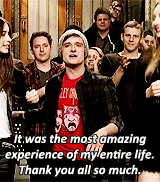




 Previous
Previous